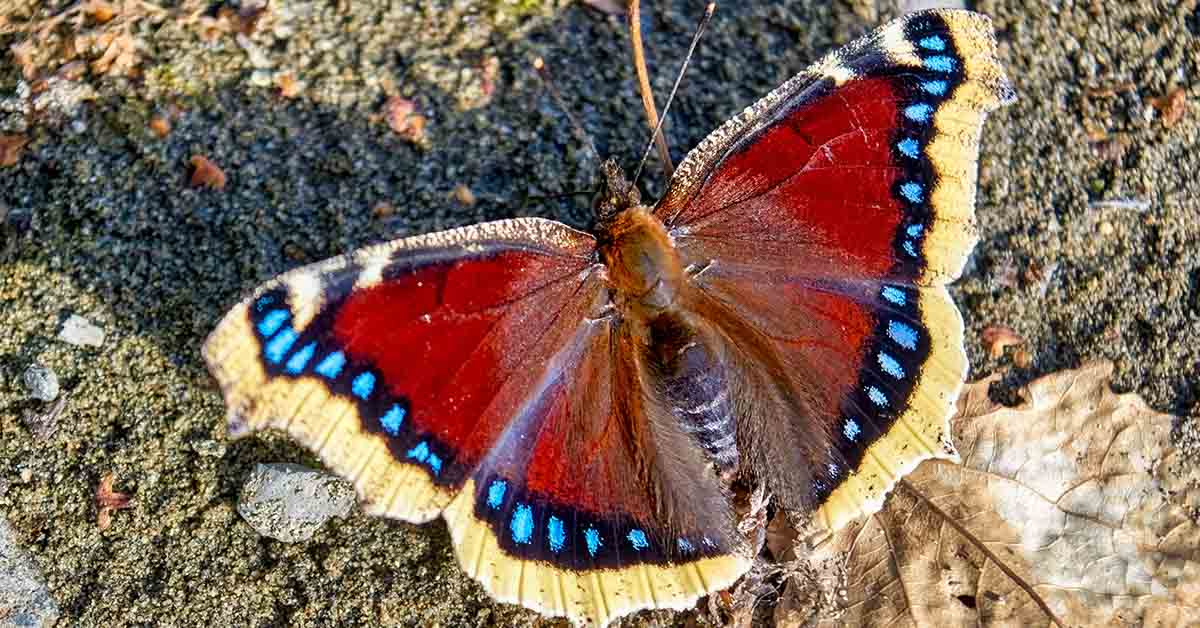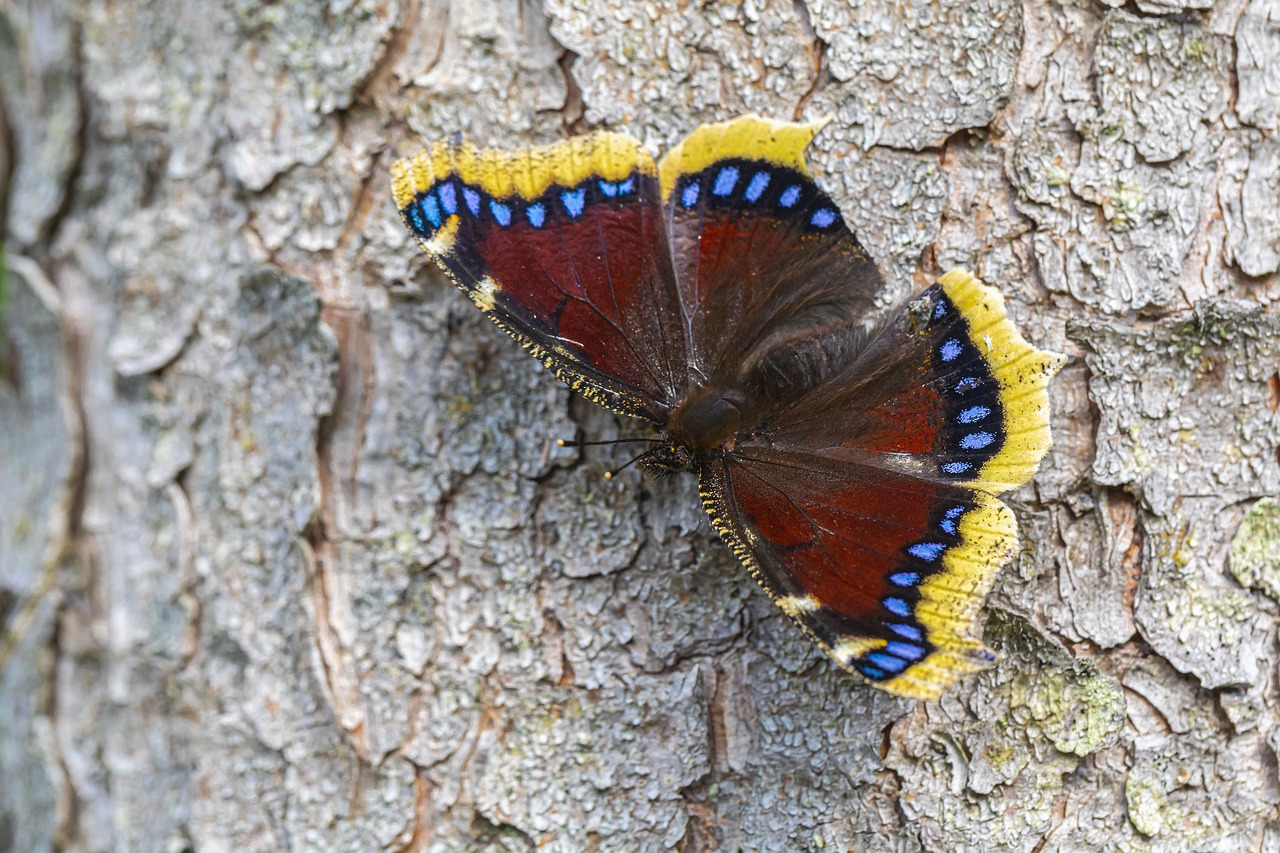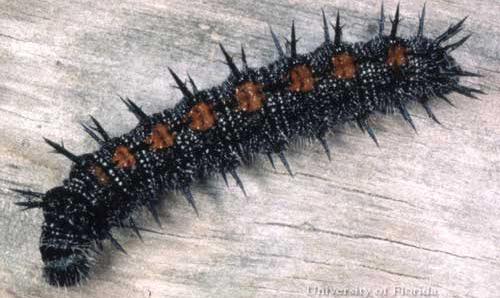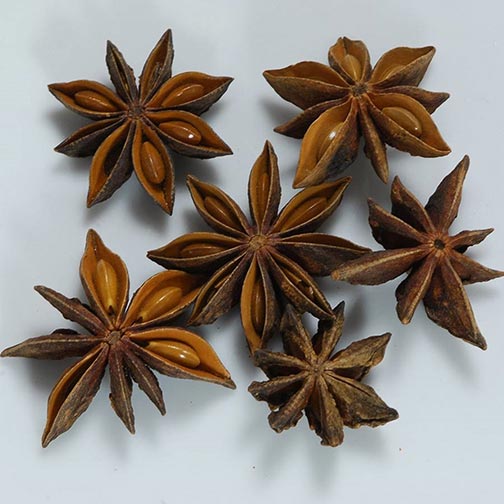Welcome to DU!
The truly grassroots left-of-center political community where regular people, not algorithms, drive the discussions and set the standards.
Join the community:
Create a free account
Support DU (and get rid of ads!):
Become a Star Member
Latest Breaking News
Editorials & Other Articles
General Discussion
The DU Lounge
All Forums
Issue Forums
Culture Forums
Alliance Forums
Region Forums
Support Forums
Help & Search
Gardening
Related: About this forumIf you See These on Your Plants. Don't Touch Them

Leah Berenson
September 6, 2024 · 3 min read
Nature is a wonder and studies have shown that being surrounded by it is good for mental health. As a result, many people enjoy gardening. It soothes the soul and yields beautiful plants or delicious crops. However, one woman panicked to find Nymphalis Antiopa eggs in her garden. Luckily, the internet had some helpful insight.
Nymphalis Antiopa are Pollinators

Nymphalis Antiopa eggs on a plant stalk.
Image Credit: Bored Daddy
Keeping pets away from the garden is a task that has daunted farmers and gardeners for ages. While some store-bought solutions are effective, insects like ladybugs and praying mantes are valuable in aiding a healthy and thriving garden. Meanwhile, insects like bees and butterflies make great pollinators. Interestingly, the Nymphalis Antiopa, also known as the mourning cloak, lays eggs that have caused some alarm among gardeners.
Nymphalis Antiopa Lay Fascinating Eggs

Nymphalis Antiopa on a tree.
Image Credit: Pixabay
The Nymphalis Antiopa lays eggs with light yellow or green geometric shapes that become darker, eventually turning black, just before the Nymphalis Antiopa hatch. Sadly, the egg clusters’ geometric shapes can make the leaves appear infected or have a disease.
Halloween Themed Caterpillars

A black, white, and orange caterpillar Wood in the background.
Image Credit: University of Florida
When left alone the Nymphalis Antiopa egg clusters hatch into black caterpillars with spikes and white and orange spots. However, they feed on the host plants, seemingly causing the plant harm.
Contributors to Biodiversity

Nymphalis Antiopa on a plant stalk.
Image Credit: University of Florida
In contrast, they benefit the plant by feeding on rotting fruits and “enhancing the decomposition process.” Moreover, the stunning butterfly aids pollination and is an important factor in the diet of other bugs like spiders. Overall, it’s a major contributor to “local biodiversity.”
More:
https://organicallyhuman.com/nymphalis-antiopa-on-your-plants/
~ ~ ~
Additional article:
Mourning Cloaks - Butterflies in the Snow!
http://www.naturenorth.com/spring/bug/mcloak/Mourning_Cloak.html
6 replies
 = new reply since forum marked as read
Highlight:
NoneDon't highlight anything
5 newestHighlight 5 most recent replies
= new reply since forum marked as read
Highlight:
NoneDon't highlight anything
5 newestHighlight 5 most recent replies
If you See These on Your Plants. Don't Touch Them (Original Post)
Judi Lynn
Sep 2024
OP
It's startling! Too perfectly formed! I thought of whole spices, like star anise
Judi Lynn
Oct 2024
#4
jfz9580m
(16,499 posts)1. Beautiful
Thanks for posting that Judi Lynn ![]()
Donkees
(33,346 posts)2. Touching the caterpillars feels like a wave of stinging sensations
NJCher
(42,278 posts)3. was amazed at the shape
of the Nymphalis Antiopa eggs.
In all my years of gardening, I have never seen anything like that!
Judi Lynn
(164,040 posts)4. It's startling! Too perfectly formed! I thought of whole spices, like star anise
crossed with peppercorns, or something.


Glad to hear you were surprised, also. I really had a hard time believing it could be real. ![]()
NJCher
(42,278 posts)5. star anise is
exactly what I thought of, too. ![]()
Lilithschyld
(90 posts)6. Amazing! Those eggs look like some of the millefiori that I make for my glass beads. Art mimics nature once again!